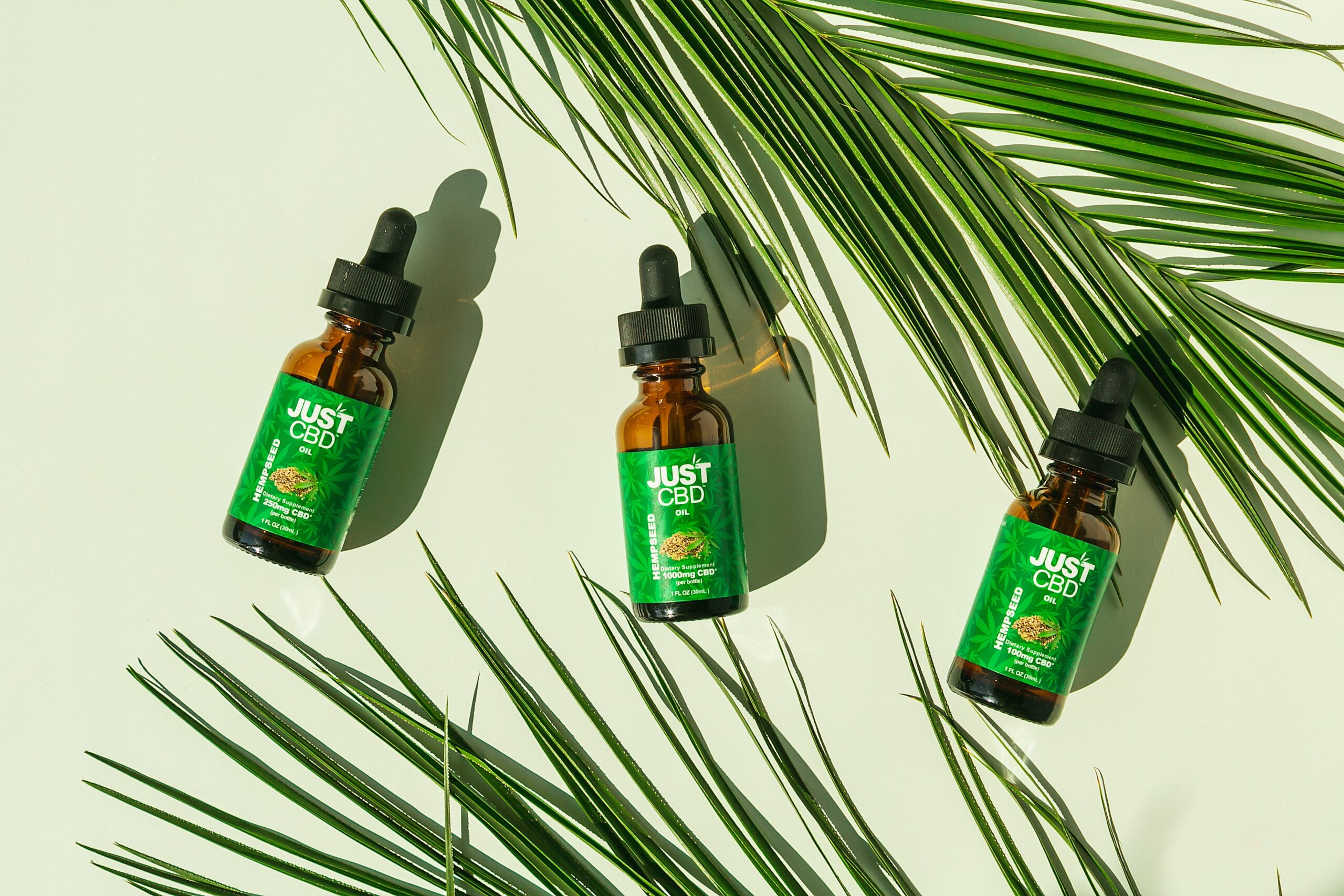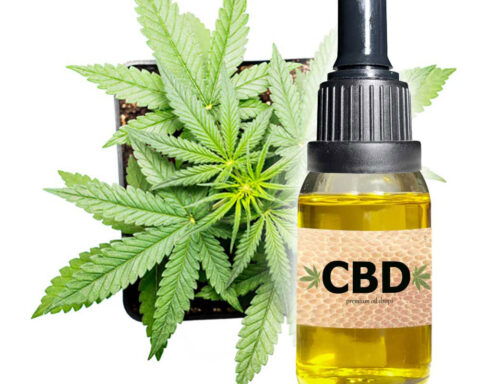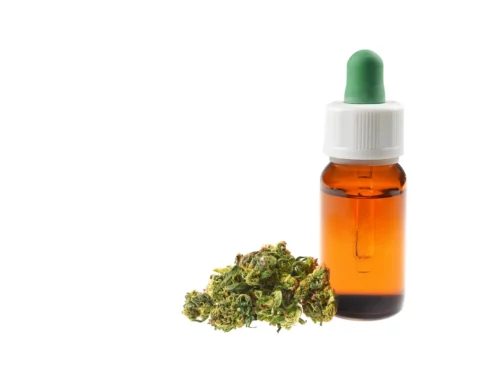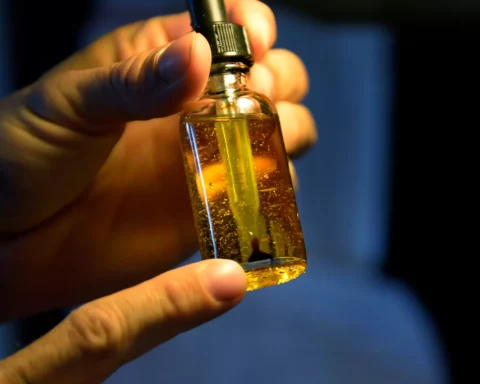CBD oil is no longer an outlawed product, and is now part of the mainstream, hence the popularity of this product. Most US states have legalized CBD oil or are taking steps to decriminalize it wholly or partially. However, other states have strict laws that offer no hope of legalizing CBD oil. As many people embrace CBD oil, choosing the right CDB oil for you is challenging. Learn more about CBD oil and some guidelines to help you choose the best CBD oil.
What Is CBD Oil
CBD is an active compound derived from cannabis plants, mostly hemp. It can also be extracted from marijuana, but the excess THC will have to be removed. The Farm Bill considers hemp-derived CBD oil with less than 0.3% THC legal, and most brands try to meet these standards. Since it has low amounts of psychoactive THC, CBD oil will less likely leave you high or stoned. There is not enough scientific evidence to prove that CBD oil can treat, heal, or cure any condition, but consumers claim CBD oil might have several benefits. Nonetheless, using CBD oil is a personal choice, but one should consult a doctor before trying any CBD product. Here are factors to consider when choosing CBD oil;
The Type of CBD Oil
There are three types of CBD oil;
- Whole-plant or full-spectrum- has multiple cannabinoids such as CBD, CBC, and THC. It also has terpenes and flavonoids.
- Broad-spectrum CBD oil- has as many terpenes, flavonoids, and cannabinoids as whole-plant CBD oil, only that it lacks THC.
- Isolate-based CBD oil is pure CBD oil and lacks cannabinoids, terpenes, and flavonoids.
The type of CBD oil formulation you consider is critical. Most people prefer whole-plant CBD oil for its full entourage effect, but those who do not want THC traces opt for broad-range CBD oil, which also has a full entourage effect. However, if you are starting on CBD oil or want to avoid the earthy aftertaste of CBD oil, go for isolates since they do not have the nutty feel of CBD oil.
Focus on Delivery Methods
CBD oil has many delivery methods, including vapes (vape cartridges and vape pens), edibles (lozenges, mints, and gummies ), capsules and softgels, tinctures (taken as drops orally or sublingually), foods (chocolates, brownies, cookies), drinks (energy drinks, teas, and coffees), and topicals (serums, massage oils, lotions, shampoos, balms, and patches). The various oils have different bioavailability rates and activation times. For instance, sublingual administration of CBD oil tinctures means they are easily bioavailable and need a short activation time. Topicals rarely go beyond the upper layer of the outer skin, while edibles will have to be digested first before the CBD oil can manifest.
Focus on Concentration of CBD Oils
CBD oil concentration is a critical factor when taking CBD oil. The FDA does not regulate CBD oil, so there is no recommended dosage for the oil. Therefore, it might be difficult to know how much CBD oil to take, especially when starting this new regimen. While some people feel the effects with 5-10 mg CBD, others might have to take 50 mg or more CBD oil to feel anything. Still, consulting a doctor will help you know how much CBD oil to take for a start.
Consider the Source of the CBD Oil
CBD oil can be extracted from marijuana or hemp plants, but the Farm Bill considers hemp-derived CBD oil with less than 0.3% THC legal. Contrastingly, marijuana-derived CBD oil has more THC, and the excess THC has to be removed, especially in a state that considers THC illegal. Therefore, go for hemp-derived CBD oil with minimal THC to enjoy the cannabinoid without worrying about breaking CBD laws.
Focus on the Extraction Method
When choosing CBD oil, the method employed in stripping CBD oil from the hemp surfaces is also a matter of concern. There are various methods of extracting CBD oil, with ethanol and CO2 being the most common. CO2 extraction is the gold standard in the hemp surface since it does not unnecessarily attach solvents to the extracts. Ethanol may be popularized, but only a few companies produce solvent-free CBD oil with this method. Therefore, you are better placed to enjoy uncontaminated CBD oil if you go for CO2 extracted CBD versions.
Examine the Product for Third-Party Test Results
Third-party test results are the sole informants of whether a brand deals in high-quality hemp-derived CBD oil. Brands use independent third-party laboratories to examine their CBD oil products for purity against standard contaminants such as heavy metals, mycotoxins, microbials, moisture, filth, and foreign substances. These labs are also mandated to test for the potency of CBD and THC and the cannabinoid profile of the product. Most brands post the CoA on a dedicated section of their websites that you can view with or without batch numbers of scannable QR codes. Alternatively, you can reach out to customer care for the results if they are not availed on the website.
Conclusion
Choosing CBD oil is challenging, especially because many brands deal in CBD oil products. However, you could determine which CBD oil to take based on the concentration, source of the oil, extraction method employed, type of formulation, and the third-party test results. Also, consult your doctor before trying any CBD product to know the appropriate dosage or possible interaction with other medications.
- Is Mushroom Coffee Worth the Hype? An Expert’s Take - April 19, 2024
- Missionary Position – Least Likely To Bring You To Climax - April 7, 2023
- Vibrators could put you in Jail - March 31, 2023









